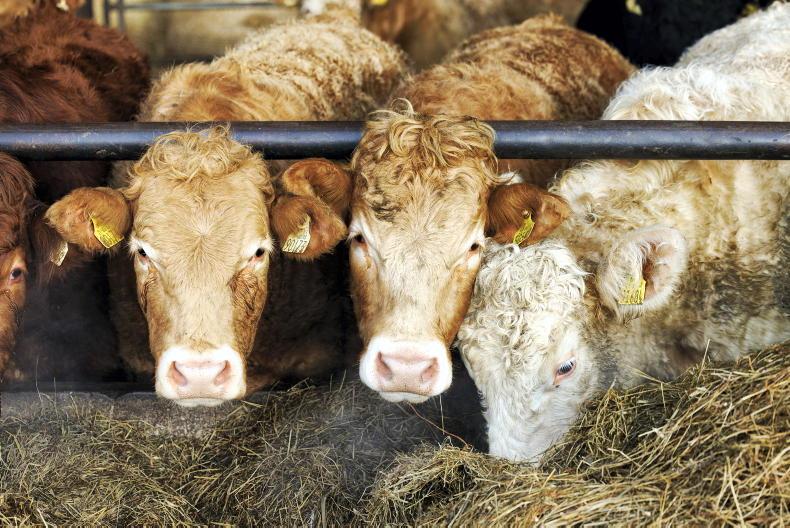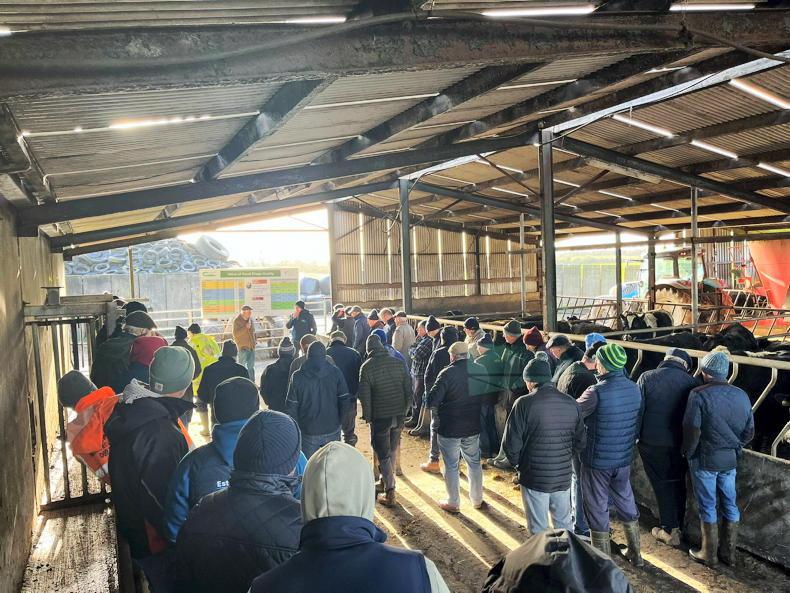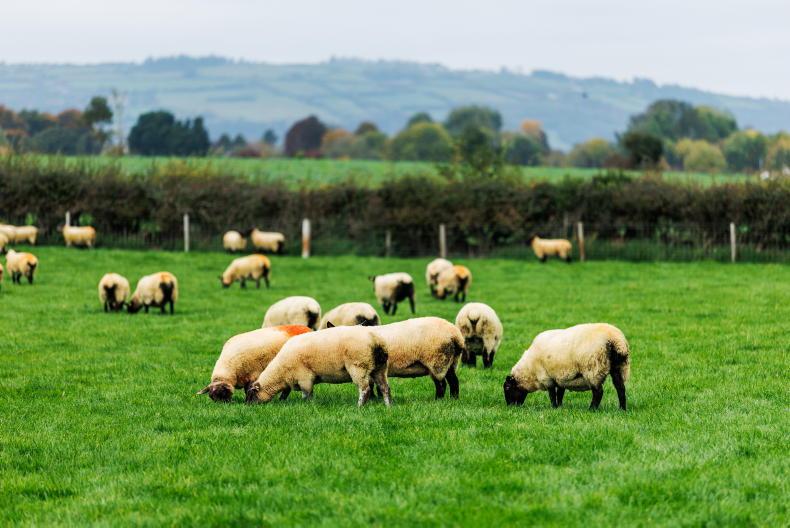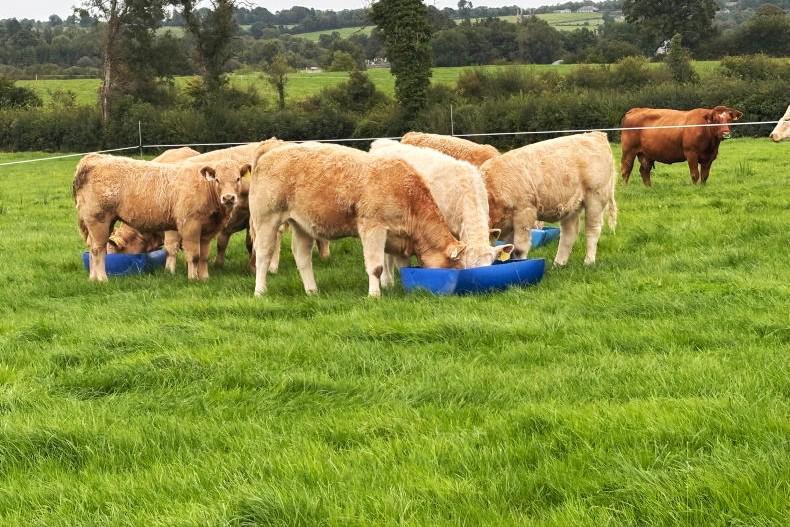Silage
While silage thoughts are still a long way off on some farms, others are using this week’s good weather to get first cuts in the pit. A sward that hasn’t headed out will be above 70 DMD in the right conditions.
DMD will drop by one point every two to three days after seed heads appear.
Lodged crops will have 3-4% lower DMD. The advice to improve quality is aim for a mid-May cut. Keep an eye on the crop for any heads appearing and take action if ground conditions and weather are right.
With late fertiliser applications on a lot of farms, some farmers have asked the question around nitrogen still being in crops and when cutting can safely occur.
A useful guide for fertiliser N is that grass uses 2.5 kg N (2.0 units) per day on average, so 80 units will take around 40 days to use up in normal growing conditions.
If sugars are over 3%, then the crop will ensile well, at 2-3% wilting rapidly for 24-36 hours will be needed. If sugars are below 2%, an additive will be required. Optimum mowing time is in the late afternoon/evening, when sugars are highest.
SCEP payment rates
There was an error in the payment table on page 4 of last week’s special SCEP magazine inside the Irish Farmers Journal. The correct payment rates for 40 cows and above are highlighted below.
The closing date for applications is 22 May. Don’t leave it until the last minute to apply for fear of a broadband issue or other problems.
One question a lot of farmers have been asking is do they have to keep the same number of cows for the duration of the five-year programme.
In terms of calving cows, you can reduce to calve just 50% of your reference number of cows in any year of the programme. You can also adjust down your yearly reference number by 20% each year so you can gradually reduce cow numbers over the duration of the programme.
Newford Open Day
Teagasc and Dawn Meats are holding an open day on the Newford Demonstration farm at Teagasc, Athenry, Co Galway, next Tuesday 23 May from 2pm-6pm. The farm is home to a 100 Hereford and Aberdeen Angus cross suckler cows, with all progeny brought through to finish.










SHARING OPTIONS